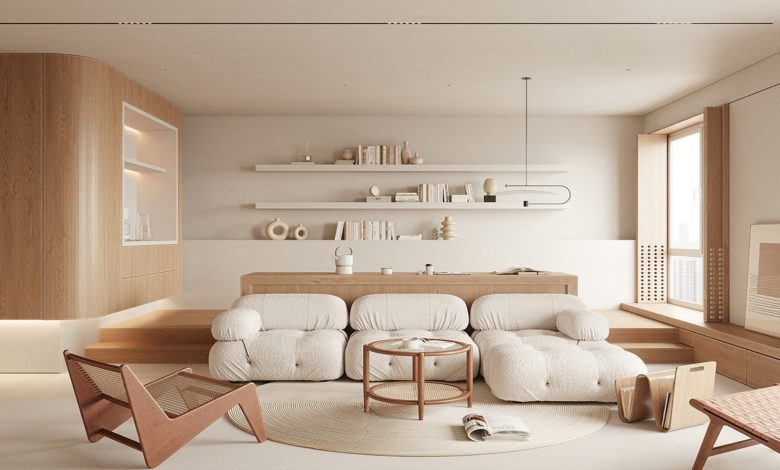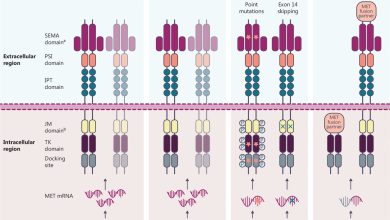Embracing Simplicity: Exploring Minimalism in Interior Design

In a world filled with constant noise and clutter, the concept of minimalism offers a breath of fresh air. Minimalism in interior design isn’t just about having less stuff; it’s a lifestyle choice that promotes simplicity, functionality, and tranquility within our living spaces. By stripping away, the excess and focusing on the essentials, minimalist design creates harmonious environments that foster clarity of mind and a sense of calm. In this article, we’ll delve deeper into the principles of minimalism in interior design and explore how embracing simplicity can transform your home into a sanctuary of serenity.
Understanding Minimalism
At its core, minimalism is about paring down to the essentials and eliminating unnecessary elements. It’s a design philosophy that values quality over quantity and emphasizes clean lines, open spaces, and a neutral color palette. Minimalist interiors are characterized by simplicity, clarity, and a sense of order that promotes a feeling of tranquility and well-being.
The Principles of Minimalist Design
1. Simplified Color Palette
Minimalist interiors often feature a muted color palette consisting of whites, grays, blacks, and earth tones. These neutral hues create a sense of cohesion and serenity, allowing the focus to remain on the forms and textures within the space.
2. Clean Lines and Uncluttered Spaces
In minimalist design, clutter is the enemy. Clean lines and uncluttered surfaces are key to creating a sense of openness and tranquility. Furniture with simple, streamlined silhouettes helps to maintain a sense of visual calm, while ample negative space allows the eye to rest and the mind to relax.
3. Functionality and Purpose
Every element in a minimalist space should serve a purpose. Furniture should be both aesthetically pleasing and functional, with no unnecessary ornamentation or embellishment. Multi-functional pieces are especially valued in minimalist design, as they help to maximize space and minimize clutter.
4. Quality Over Quantity
Minimalism encourages a less-is-more mentality when it comes to decorating. Rather than filling a space with an abundance of furnishings and accessories, focus on selecting a few high-quality pieces that will stand the test of time. Invest in well-crafted furniture and timeless design elements that will lend elegance and sophistication to your home.
Embracing Minimalism in Your Home
Now that we’ve explored the principles of minimalist design, let’s discuss how you can incorporate these ideas into your own home.
1. Declutter Your Space
The first step in embracing minimalism is to declutter your space. Take a critical look at your belongings and ask yourself if each item brings you joy or serves a practical purpose. Be ruthless in purging unnecessary clutter, keeping only the things that are truly meaningful or essential to your daily life.
2. Opt for Simple Furnishings
When selecting furniture for your minimalist home, choose pieces with clean lines and a timeless aesthetic. Avoid overly ornate or fussy designs, and opt instead for simple, understated pieces that will blend seamlessly with your decor. Consider investing in multi-functional furniture, such as a sleek storage ottoman or a minimalist dining table with built-in extension leaves.
3. Focus on Texture and Materials
In minimalist design, texture plays a crucial role in adding visual interest to a space. Incorporate a variety of textures, such as smooth wood, plush textiles, and rough stone, to create depth and dimension in your home. Choose natural materials whenever possible, as they not only add warmth and character to a space but also align with the minimalist ethos of simplicity and authenticity.
4. Let Light In
Natural light is a key element of minimalist design, as it helps to open up a space and create a sense of airiness and warmth. Maximize the amount of natural light in your home by keeping windows clear of heavy drapes or curtains and opting instead for sheer or lightweight fabrics that allow light to filter through. If privacy is a concern, consider installing translucent blinds or frosted glass for a modern and minimalist look.
5. Edit, Edit, Edit
Finally, remember that minimalism is as much about what you leave out as what you include. Take a less-is-more approach to decorating, and resist the urge to overcrowd your space with unnecessary accessories or knick-knacks. Instead, focus on highlighting a few key pieces and letting them shine against a backdrop of simplicity and restraint.
The Benefits of Minimalist Living
Embracing minimalism in your interior design isn’t just about creating a stylish and aesthetically pleasing home; it’s also about cultivating a mindset of simplicity and mindfulness that can have profound effects on your overall well-being. By decluttering your space and surrounding yourself with only the things that truly matter, you can create a sense of calm and clarity that extends far beyond the walls of your home.
In conclusion
minimalism in interior design offers a compelling alternative to the chaos and clutter of modern life. By embracing simplicity, functionality, and tranquility in our living spaces, we can create environments that nourish the mind, body, and soul. So why not take a cue from the minimalist ethos and declutter your space, simplify your surroundings, and create a home that truly reflects your values and priorities? Embrace simplicity, and discover the transformative power of minimalist design today.








